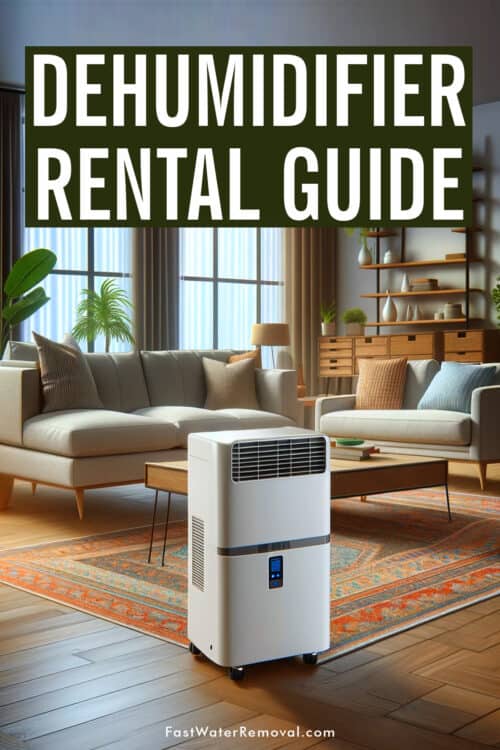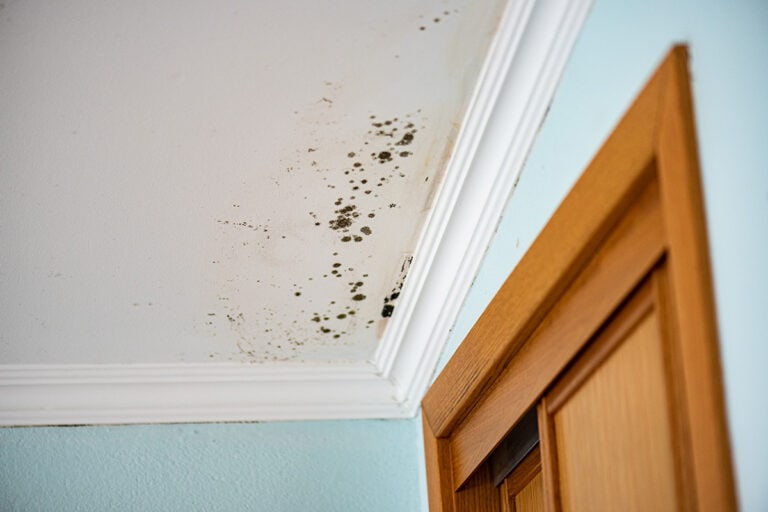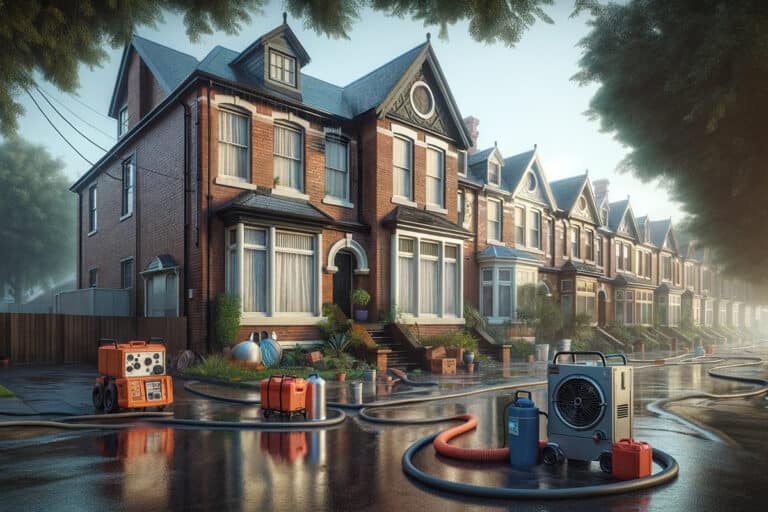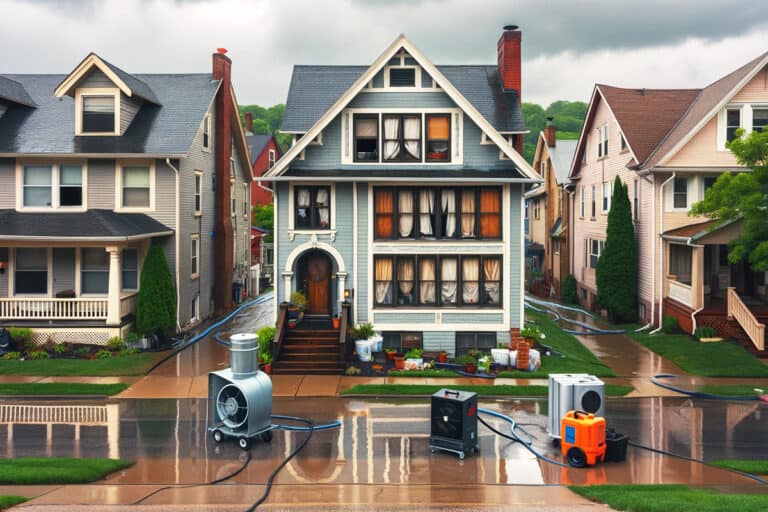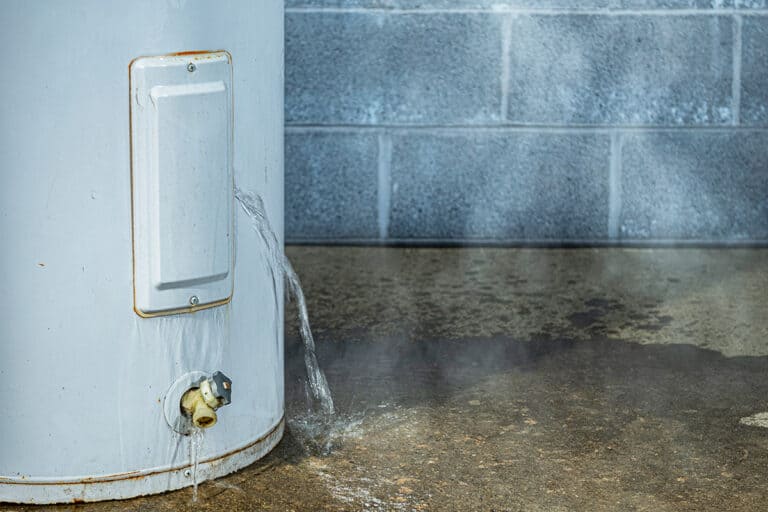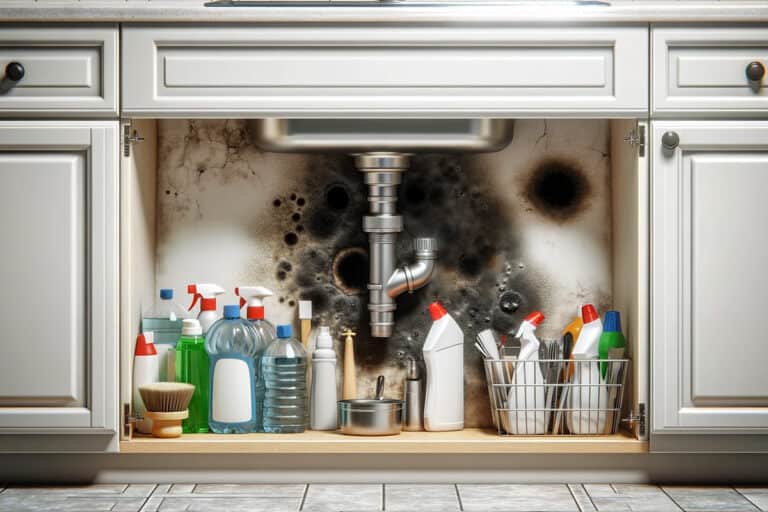Disclosure: I am compensated for purchases made through some links on this site. Click for details.
Rental dehumidifiers offer a practical solution for managing moisture in a variety of environments, from residential spaces to commercial and industrial settings. They provide a flexible option for those in need of a short-term answer to humidity issues without the commitment of a purchase. Businesses experiencing seasonal humidity fluctuations and homeowners dealing with water damage can benefit greatly from renting a dehumidifier.
The selection of rental dehumidifiers available caters to a range of needs, offering units of different sizes and capacities to match the specific humidity loads of different spaces. From smaller, portable models ideal for tight spaces to robust, high-capacity units for larger areas or severe moisture problems, the rental market can accommodate diverse requirements. Understanding the humidity level that needs to be controlled is key to selecting the right dehumidifier to rent.
In addition to dehumidifier rentals, supplemental equipment such as air movers and fans may also be available to create an effective drying system. Appropriate operation and placement of rented dehumidifiers ensure maximum efficiency and can help prevent future moisture-related issues such as mold growth, property damage, and compromised air quality.
Key Takeaways
- Dehumidifier rentals provide a flexible solution for temporary humidity control needs.
- A varied selection of dehumidifiers is available to suit different spaces and moisture levels.
- Effectiveness is enhanced by understanding the proper use and potential additional equipment needs.
Types of Rental Dehumidifiers
When considering a dehumidifier rental, customers have a choice among desiccant, refrigerant, and industrial dehumidifiers. Each type serves distinct environments and specific moisture control needs.
Desiccant Dehumidifiers
Desiccant dehumidifiers operate by using absorbent materials to remove moisture from the air, making them particularly effective in cold climates or environments with low temperatures. They can achieve very low humidity levels and are thus suited for delicate operations, such as those needing stringent moisture control.
Refrigerant Dehumidifiers
These dehumidifiers work by drawing air over cold coils, condensing the moisture, which then drips into a collection container. Refrigerant dehumidifiers are most effective in warm, humid conditions and are typically used in residential or commercial settings for managing moisture levels post-water damage or to control humidity in living spaces.
Industrial Dehumidifier
Industrial dehumidifiers are designed for large-scale operations, capable of removing significant amounts of moisture in various industrial settings, including warehouses, manufacturing plants, and large construction sites. They are robust and can operate efficiently across a range of harsh conditions, from extreme cold to high humidity environments. Industrial dehumidifiers, such as those commonly available from United Rentals, provide high-capacity moisture control for demanding applications.
Benefits of Dehumidifier Rental
Choosing to rent a dehumidifier offers various advantages, particularly for short-term needs and specific situations. It provides flexibility, cost-effectiveness, and targeted control over environmental conditions.
Climate Control
Renting a dehumidifier allows one to meticulously manage indoor humidity levels, crucial for maintaining a comfortable and stable environment. Whether for commercial spaces or during particular seasons, rental units enable precise climate control without the long-term investment.
Temporary Drying Solutions
In situations such as after a flood or during construction, temporary drying solutions are essential. A rental dehumidifier can swiftly address these temporary humidity concerns, preventing damage to materials and aiding in a faster recovery process.
Mold Prevention
By maintaining low humidity levels, rental dehumidifiers play a vital role in mold prevention, protecting both health and property. They are ideal for high-risk areas such as basements where dampness can lead to mold growth if not properly managed.
Understanding Humidity Levels
Maintaining proper indoor humidity levels is essential for comfort, health, and preventing damage to a dwelling’s structure. Renting a dehumidifier can be an effective solution when one is grappling with excessive indoor moisture, which, if left unchecked, can lead to mold growth and allergen proliferation.
Critical Humidity Levels
Indoor humidity levels are considered critical when they fall outside the range of 30%-50%, which is the range recommended for health and comfort. High humidity levels above 60% often contribute to a host of problems including mold and mildew growth, as well as an increase in dust mites. Conversely, low humidity levels below 30% can lead to dry skin, irritate respiratory conditions, and cause static electricity. It’s crucial to keep the humidity within this ideal range to ensure a healthy and comfortable indoor environment.
Measuring and Maintaining Humidity
To measure humidity, one typically uses a hygrometer, an instrument that provides a reading of the relative humidity in an area. For precise monitoring and maintenance of humidity levels, adjusting a dehumidifier to achieve a setting around 40% can be especially effective in balancing the air quality. Customers often find that gently adjusting the settings on their rental dehumidifier allows them to address specific conditions and maintain the desired comfort within their spaces.
Additional Equipment Rental
When considering dehumidifier rental, customers often require additional equipment to manage climate conditions effectively. This section outlines options for air movers, chillers, and heaters, each playing a unique role in maintaining the desired environment.
Air Movers
Air movers are essential for circulating air in spaces where moisture is being controlled. They facilitate faster drying times by ensuring consistent airflow, a complement to the dehumidification process. Companies like United Rentals offer various air movers for rent, which can be critical for preventing mold and promoting air quality.
Chillers
Chillers are instrumental in providing large-scale cooling solutions. Suitable for applications ranging from industrial processes to event spaces, these systems can be critical for temperature control, particularly in conjunction with dehumidifiers to manage humidity levels effectively. Renting commercial-grade chillers can offer versatile cooling options for project-specific needs.
Heaters
On the other end of the spectrum, heaters are available for rent to raise the temperature in a given space. Necessary for cold weather operations or spaces where temperature regulation is crucial, heaters work alongside dehumidifiers to maintain comfortable and safe conditions. Options include electric to gas-powered models, accommodating different needs and preferences.
Applications
The right dehumidifier rental can be a critical response tool in various environmental conditions and industry requirements. They are designed to address specific moisture-related challenges efficiently and help maintain optimal conditions.
Severe Flooding Response
In the aftermath of severe flooding, rapid moisture removal becomes imperative to prevent mold growth and further water damage. Rental Low Grain Refrigerant (LGR) dehumidifiers are often deployed due to their high efficiency in such scenarios. They operate by pulling in moist air, cooling it to remove moisture, and then reheating the dry air before releasing it back into the environment.
Construction and Coating Projects
For construction sites and coating projects, maintaining a dry environment is crucial to ensure proper curing of materials and the quality of finishes. In these settings, rental desiccant dehumidifiers are ideal as they can operate effectively in lower temperatures and are proficient in removing moisture from the air. This can help accelerate construction timelines and protect against delays caused by high humidity levels.
Commercial and Industrial Use
Commercial and industrial spaces, such as manufacturing plants and storage facilities, require controlled humidity levels to protect products and machinery. By using dehumidifier rentals, businesses can implement temporary or long-term moisture control solutions to safeguard their operations. These dehumidifiers can support a spectrum of industrial services including climate control for safe storage and efficient operation of sensitive equipment.
Selection and Rental Process
When looking to rent a dehumidifier, customers must evaluate their specific needs, select appropriate equipment, and understand the rental terms. This process involves assessing the humidity level and space size, choosing a dehumidifier with the right capacity, and agreeing to rental conditions that fit the duration and scope of the project.
Assessing the Need
To determine the type of rental dehumidifier needed, one must first evaluate the area’s size and the extent of moisture removal required. For industrial or construction sites with significant moisture issues, larger, commercial dehumidifiers are necessary. The initial step ensures that the rental service can match the equipment to the customer’s unique circumstances.
Choosing the Right Equipment
Choosing the appropriate dehumidifier involves a detailed examination of the unit’s specifications. Factors such as dehumidification capacity (measured in CFM or pints per day), power requirements, and space compatibility should guide the selection. For efficient mobile air control, services like Mobile Air & Power Rentals offer a range of portable dehumidifiers suitable for various commercial and industrial applications.
Rental Terms and Conditions
Understanding the rental terms and conditions is crucial before finalizing a dehumidifier rental. The rental agreement should clearly outline the rental duration, pricing, maintenance responsibilities, and delivery options. Renters should also inquire about support services and contingencies in case the equipment does not perform as expected, ensuring a clear agreement and avoiding potential disruptions to their operations.
Operating Tips
When renting a dehumidifier, it’s essential for users to have a clear understanding of the setup, ongoing maintenance, and essential safety precautions. Proper adherence to these operational aspects ensures the dehumidifier functions efficiently and effectively.
Setup and Installation
One should place the dehumidifier in a central location, ensuring there are at least 6-12 inches of clearance on all sides to facilitate optimal airflow. Rental air movers can be strategically positioned to complement the dehumidifier’s effectiveness in larger spaces. It’s critical to position both devices in a way that maximizes air circulation and moisture removal.
Maintenance
Regularly check and empty the dehumidifier’s water collection container to prevent overflow and maintain performance. Clean or replace the air filter as recommended to ensure the unit continues to operate at peak efficiency. For longer rental periods, users should also monitor for any signs of wear or damage that could impede performance.
Safety Precautions
Always follow the manufacturer’s guidelines to prevent electrical hazards, such as avoiding the use of extension cords or plugging the unit into an appropriate outlet. If users detect abnormal sounds, smells, or any indication of overheating, they should turn off the unit immediately and contact the rental company. Proper handling and observance of safety measures protect the users and premises from potential risks associated with dehumidifier usage.
Conclusion: Mastering Humidity with the Right Dehumidifier Rental
Dehumidifier rental is an efficient and flexible solution for managing indoor humidity levels in a variety of environments. Whether it’s for residential, commercial, or industrial use, the varied types of dehumidifiers available for rent, including desiccant, refrigerant, and industrial models, ensure your moisture control requirements are met with precision.
The advantages of renting a dehumidifier are numerous. It provides a cost-effective, adaptable approach to dealing with temporary humidity problems, aiding in climate control, mold prevention, and ensuring comfortable living and working environments. Especially in situations like post-flooding scenarios, construction sites, or in industries requiring stringent moisture control, these rental units prove indispensable.
Understanding the criticality of maintaining ideal humidity levels and having the right equipment at hand – supplemented by air movers, chillers, or heaters as necessary – can make a significant difference in protecting property, health, and overall air quality.
As we have explored, the selection and rental process is straightforward, emphasizing the need to assess specific requirements and choose the right equipment, under clear rental terms and conditions. Furthermore, practical operating tips and safety precautions ensure that these units deliver optimal performance while minimizing any risks.
Dehumidifier rental offers a pragmatic, effective response to diverse humidity challenges, ensuring that whether it’s a temporary need or a part of a larger project, the right humidity levels can be achieved and maintained with ease and efficiency.
